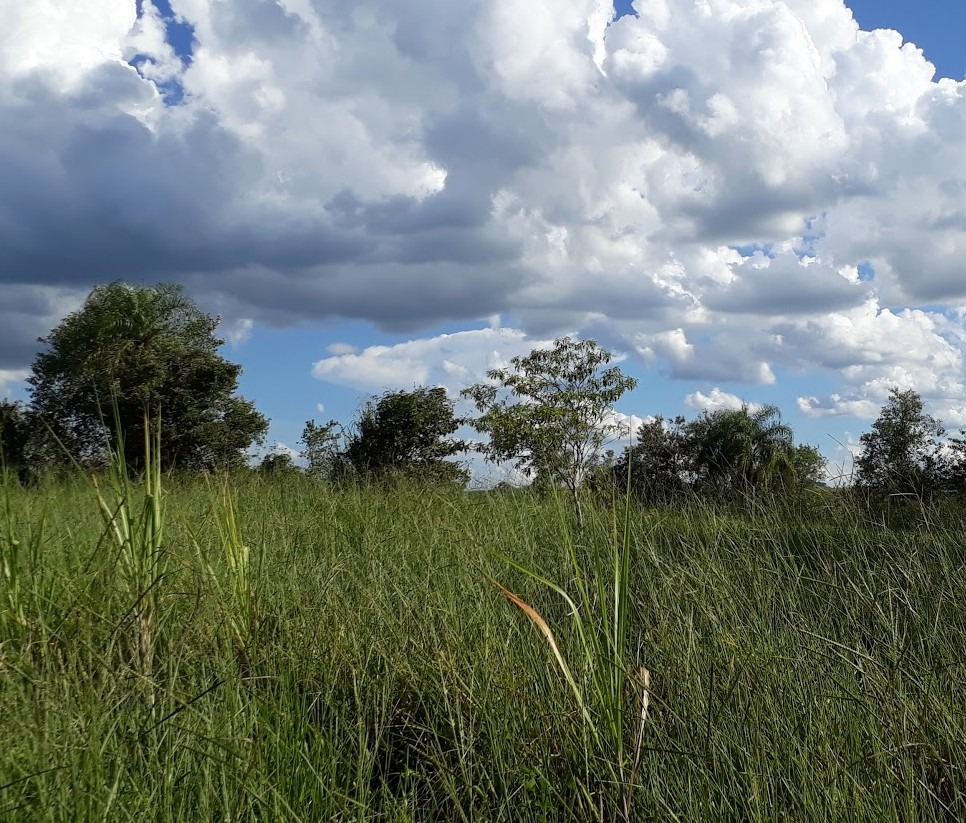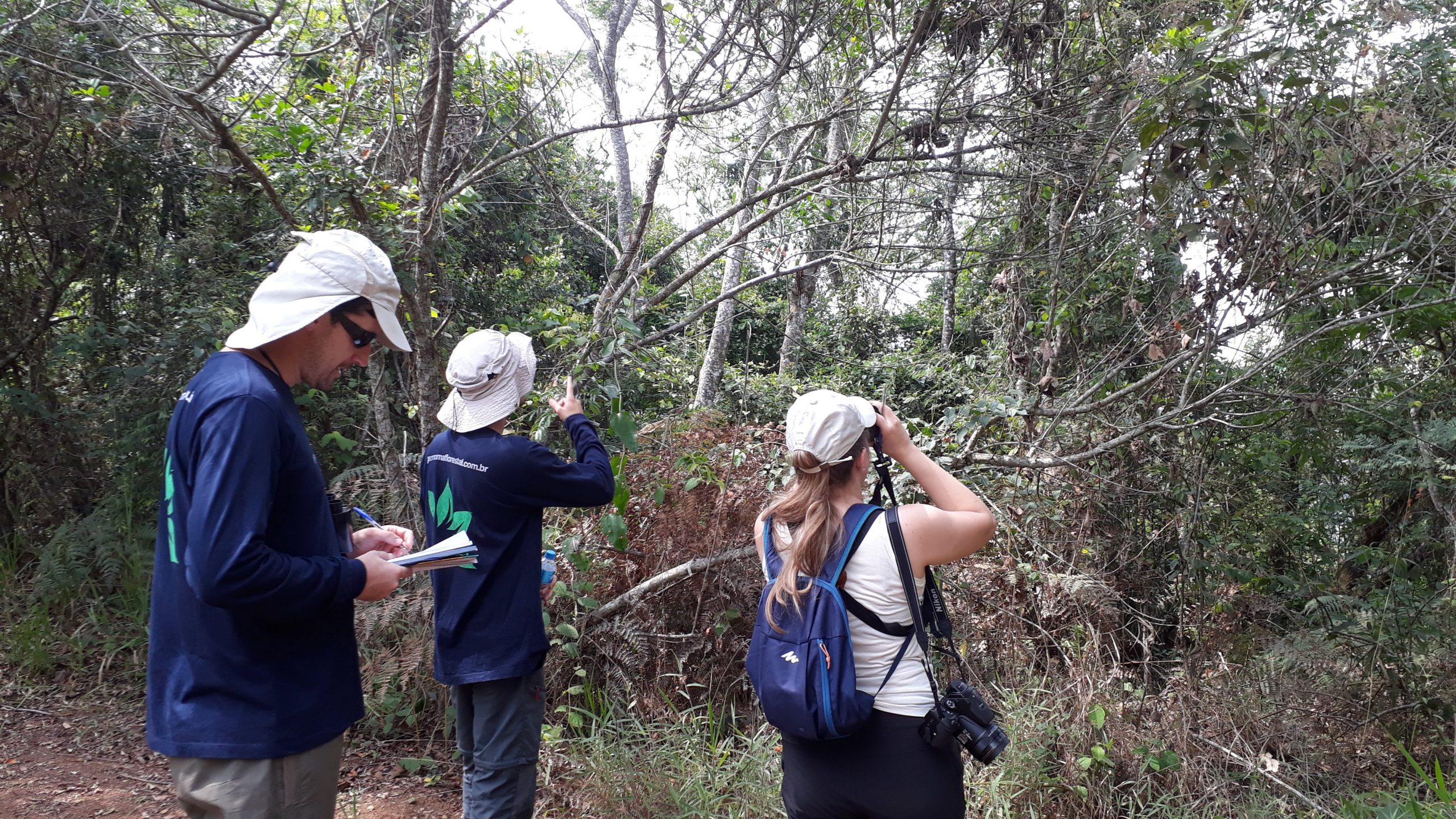EIA/EIR: What is it and what is it for?

The EIA/EIRis an acronym for Environmental Impact Assessment and Environmental Impact Report, respectively.
Both are documents aimed at sustainability, aiming to assess and specify the intensity and dimension of the impact on the environment.

These two documents are different, but have the same degree of importance, and are fundamental in the environmental licensing process.
The initial idea of implementing the law that requires these documents was to control and measure the environmental impact. However, over the years, the main premise has become to minimize this impact as much as possible.
The EIA/EIR can be translated as a document that makes it feasible or not to implement an enterprise close to natural areas with preserved landscapes such as rivers, lakes, sea and conservation units.
However, the same can still be requested in large urban developments that emit a large volume of gas or that require excavation.
What is EIA/EIR?
The EIA – Environmental Impact Assessment [link] – presents meticulous details of technical surveys that are a set of studies carried out by specialists in areas corresponding to the project and the environment.
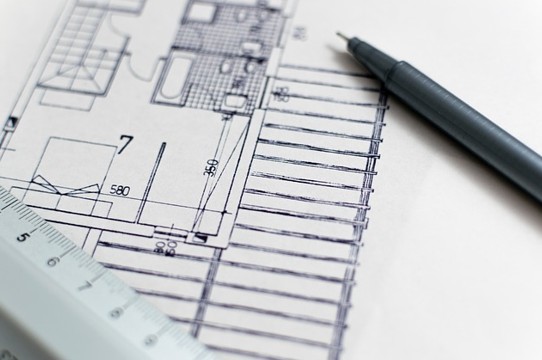
Through each study, important data are denoted that will then be broken down in their breadth and detailed in a type of report. Access to this study is restricted due to industrial secrecy that must be respected.
EIR– The Environmental Impact Report – is, basically, the report of the conducted study, and is seen as the presentation of the conclusion of referred study in a more accessible language.
This was necessary to make it easier for the interested public to analyze it.

Bearing in mind that this requirement is based on Federal Law No. 6,938 of 1981, which recognized and instituted the National Environmental Policy for the good of society as a whole, after all it was a start. In 1990, this law was regulated by Federal Decree No. 99.274/90 and became a requirement for Brazilian environmental agencies from CONAMA Resolution No. 001 of 01/23/1986.
Therefore, the characteristic of the EIRis the reflection of the conclusions of the EIA study, being as objective and comprehensible as possible for the entire population.
The information contained in the EIRcan be translated in a simple way with a more colloquial language and illustrated with maps, graphs, slides, letters and other indications that simplify the technical language.
What’s the difference between EIA and EIR?
The EIA is responsible for collecting material and analyzing it, writing a bibliography that supports the study, and for the study that foresees the possible and probable environmental consequences that may be caused by the construction project in the place in question.

With this study it is possible to evaluate and analyze the impacts caused by the construction project, as well as its intensity.
Also through this environmental impact study, the proposed conditions for its implementation and the best procedures to continue construction are obtained.
The EIR is a simplified report, which aims to clarify technical terms.
This report contains surveys and conclusions that the licensing public agency is responsible for analyzing considering the conditions of the construction project. .
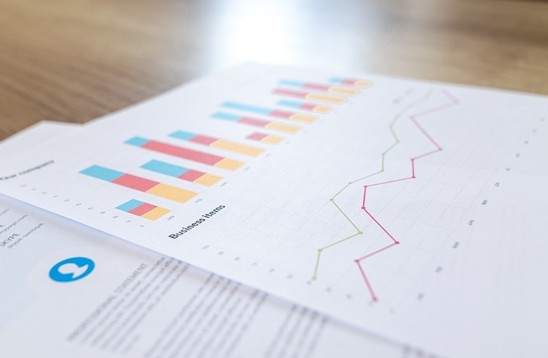
Subsequently, the EIR must be published in a public notice in the local press, when the 45-day period opens for requesting a public hearing that can be requested in that period by 50 or more citizens, or even by the Public Ministry.
Therefore, after holding the necessary hearings, the opinion is finalized and a prior licensing for the execution of the construction project may be authorized, or the project can be rejected.
Technical activities developed by the EIA/EIR
The EIA/EIR is directly linked to the Preliminary License, as it is a prior study of the impacts that may occur with the operation and/or installation of a given enterprise.
- Technical activities developed by the EIA
- Environmental diagnosis of the area that will suffer the effect and influence of the construction project, which must contain the description and analysis of the environmental resources and how they will interact. This diagnosis considers the physical environment, such as subsoil, air, climate and water. This stage includes carrying out topographies and other analyzes of the soil, water and other components of the area. The biotic environment that is composed of flora and fauna must also be taken into account. In addition, it is worth mentioning that the socioeconomic environment is what defines the way to use the soil, water and possible historical sources and archaeological finds of the place.
- Analyze and evaluate the environmental impacts of the project and verify the degree of importance and the damage that will probably be caused to nature. This is the moment reserved for highlighting both positive and negative medium to long-term impacts, direct and indirect, which will be temporary or permanent. Thus, you will know what the costs and benefits of implementing the project will be for society.
- Define how negative effects, control equipment and eviction systems will be treated and, finally, analyze the efficiency of these actions.
- It monitors the project step by step: so that there are no more impacts than those already foreseen and that it has a defined pattern, one that is set and that will be followed.

Technical activities developed by EIR
- Purposes and justifications of the project: description of what will be done and the technologies that will be used in raw materials, emissions, direct and indirect employments that will be generated and any energy waste.
- A basic summary of the result of the environmental diagnosis of the area that will be influenced by the project.
- Descriptions of the environmental impacts of implementation of activities. This description shows alternatives, design and methods that will be used to carry out the activities.
- Information on negative impacts, those that can or cannot be avoided.
- Data on the monitoring and follow-up of the environmental impacts generated by the project. The most favorable alternative, with conclusions and comments.
- Environmental quality of the area after the project, that is, predicting the situation of the site after the completion of the project and its execution.
Which activities require the EIA/EIR?
The requirement of the EIA/EIR is defined by the integration of the parameters: typology, size and location of the undertaking.
These documents are created in accordance with the CONAMA Resolution No. 001 of 1986, by an independent team from the Environmental Agency and the entrepreneur.
However, there was an opening in Resolution No. 237, instituted in 1997, which requires professionals to be legally qualified, at the expense of the entrepreneur.
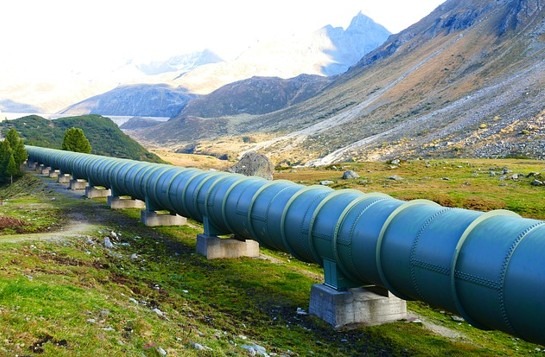
If you need to carry out an EIA/EIR for your enterprise, industry or property, Geonoma's team has been working with environmental consulting solutions since 2007 and we can help you.
Fill out a short form with what you need from us below and send it to Geonoma by email.
We will get back to you as soon as possible to move forward with your environmental project.

